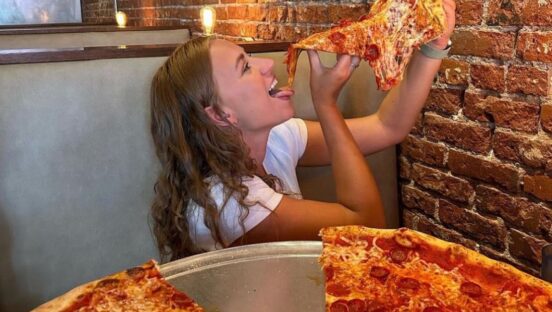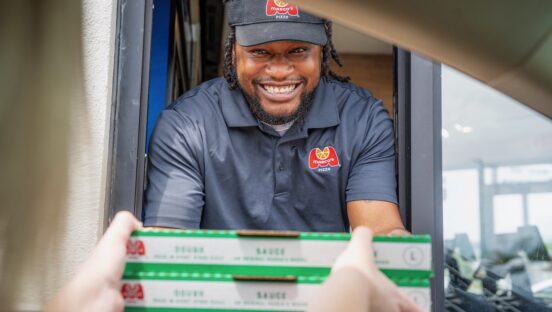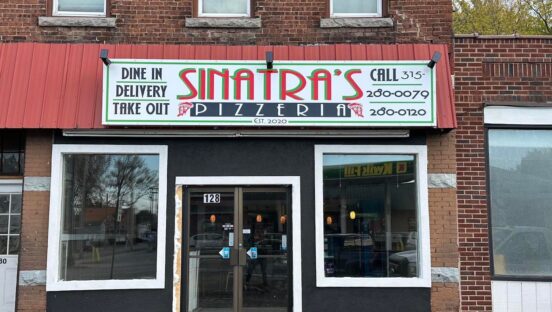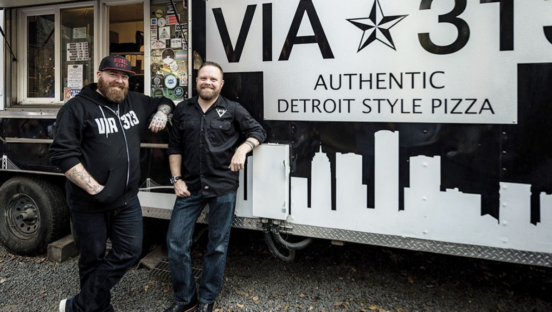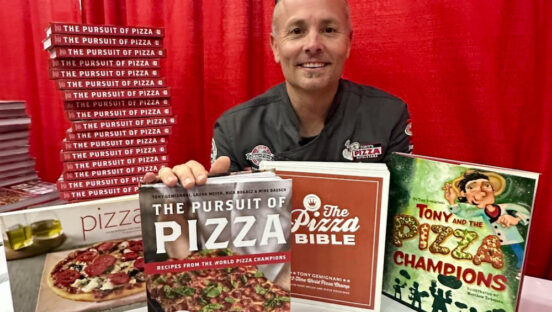We’ve all heard the saying, “You only make one first impression.” Your menu is your restaurant’s first impression. It’s the first thing your customers look at when choosing to order a pizza from your restaurant. With the right mix of menu engineering, design and distribution, you can jump-start your business by attracting new customers, while boosting frequency and the average ticket on return customers’ visits. According to experts, a typical restaurant can realize 15% or more in additional profit from a menu redesign! Let’s look at several ways you can increase your sales by designing a better menu and getting it in more potential customers’ hands.
Costing and Rating
To get started, carefully consider the profitability and popularity of every item on your menu, then think about how placement and design will influence your customer’s choices. This is known as menu engineering, and it can work magic on a menu’s moneymaking potential.
This is not a task to be completed in a few hours or even a few days. It could take weeks, but the hard work will pay off. Here are the steps:
Costing your menu items. Determine your costs for each and every item on the menu. This means breaking down the costs of every ingredient on each item. What does each item cost you to make? This will be a time-consuming process, but you can’t determine ideal profitability for each item until you know how much it’s costing you.
Rate your menu items. Look at each menu item in terms of popularity and profitability. Menu engineering experts such as Greg Rapp recommend the following rating system:
- Stars—High profit and high popularity
- Plow Horses—Low profit, high popularity
- Puzzles—High profit and low popularity
- Dogs—Low profit and low popularity
Make some tough choices. Now you’ll need to decide which menu items to keep, which ones to change and which ones to get rid of completely.
- Stars—Obviously, you want to keep your stars and highlight them on your menu.
- Plow Horses—People are ordering these products, so they’re definitely keepers. How can you change a plow horse item to improve its profitability? How about pairing it with a salad or soup and raising the price by a dollar?
- Puzzles—Why aren’t customers ordering these items? Are your servers calling attention to them? Do the recipes need improvement? Can you do a better job of highlighting them on your menu?
- Dogs—There will be some “dog” items that you’ll need to keep on your menu; however, they should not be emphasized in your menu design in any way. If you can get rid of a “dog” entirely, you should do so.
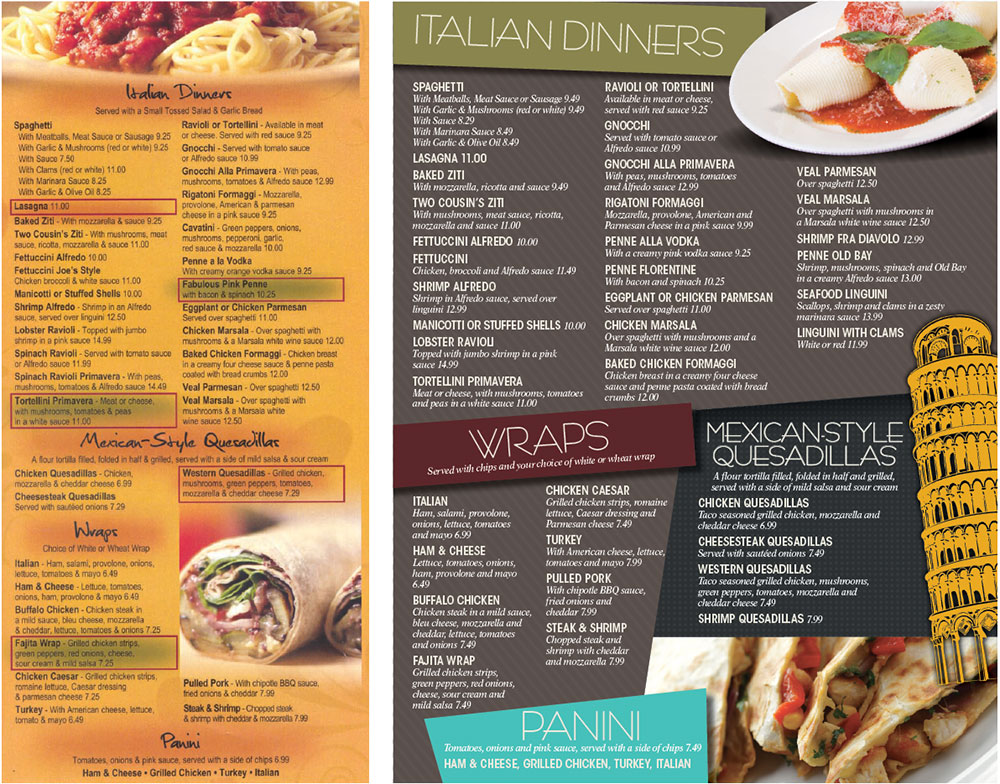 |
|
In a before-and-after menu example from Two Cousin’s Pizza, the “after” page on the right uses reverse type (white on black) to enhance readability and funky headers to add personality. Mouthwatering food photography can make all the difference in successful menu design. |
Designing for Dollars
Once you’ve got a firm grip on the popularity and profitability of your individual menu items, it’s time to come up with a new design for your menu. A well-designed menu calls attention to the items that make you the most money. Here are some tips to keep in mind:
Use visuals to highlight high-profit menu items. Placing an item in a box with a bolder font and different color can help sell more of your high-profit “star” items. But don’t go overboard—highlight only one “star” item per category (such as specialty pizza, pasta, calzone, etc.) on your menu.
Use mouthwatering food photos. People buy with their eyes. Unless you own a fine dining restaurant, use food shots in your menu design. But don’t clutter it up with too many pictures; just a few will do.
Do not right-justify the pricing on your menu. Tuck the pricing into the end of the item description. This focuses customers’ attention on the food item itself, not the price.
Use vivid adjectives in your descriptions. Item descriptions should not merely list ingredients; they should create desire in the customer to buy this item. Use descriptive words to help your guests taste the food in their minds.
Example: “Before” description: Cheese Fries—French fries, seasoned, with beans and cheese
“After” description: Cowboy Cheese Fries—Seasoned fries smothered in our famous cowboy beans and sharp cheddar cheese.
Delete the dollar signs. Studies have proven that consumers order more items and/or more expensive items if you do not use dollar signs in the pricing. Everyone knows that the number is the price, so why add the dollar sign? It simply reminds customers that they’re spending their hard-earned dollars!
Use common sense about cents. The average restaurant can realize $10,000 or more in incremental revenue in one year by changing cent pricing from $.95 to $.99! Customers probably won’t even notice. Even if they do, a four-penny increase in their favorite dish will not send them running to your competition!
Takeout Takes Off
If your pizzeria has a dine-in area, you obviously should have a dine-in menu. If you also offer takeout and/or delivery service, you will need a takeout menu, too. Make sure you carry the branding of your dine-in menu over to your takeout menu. There are a number of ways to get these menus into customers’ hands, including:
- Place them on your counter in an attractive Lucite rack.
- Make sure your servers include a takeout menu with every check and/or doggy bag.
- Tape a takeout menu to each pizza box that’s delivered to your customers.
- Direct mail your takeout menus to a radius around your location to generate traffic and increase sales.
- Feature your takeout menu prominently on your website.
A restaurant that does not regularly (at least once per year) update its menu pricing is losing potential profit. The cost of creating and printing new menus is small when compared to the money you’ll lose by not adjusting your prices. A professionally designed and engineered menu will go a long way toward keeping your restaurant ahead of the curve. Get started on your menu redesign today!










